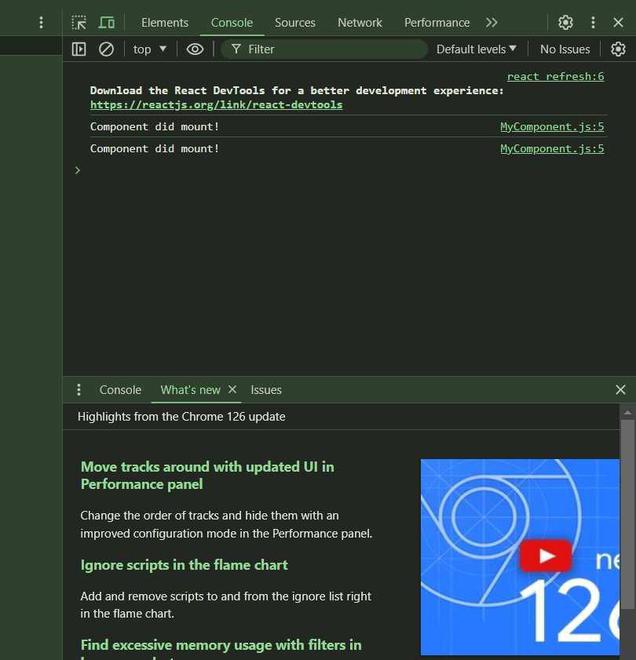
|
|
The warning “componentWillMount has been renamed” appears in React applications due to the deprecation of certain lifecycle methods. After the release of React 16.3, the React team introduced a significant update to the lifecycle methods to improve the predictability and performance of the framework. This update was done to address some common issues and pitfalls associated with the older lifecycle methods, and as a result, some methods were deprecated or renamed. Why This Warning Occur?The warning “componentWillMount has been renamed” arises from these changes. Below is given why this happens:
These are the following approaches: Steps to Create the React ApplicationStep 1: Install Required ModulesMake sure that we have Node.js and npm installed. Create a new React application using the Create React App. npx create-react-app my-app Dependencies:{ Folder Structure: Folder Structure Replacing componentWillMount with componentDidMountComponentDidMount is a safer lifecycle method used to perform side-effects like fetching data or setting up subscriptions after the component is mounted. Create a file in src folder of name MyComponent.js and write the given below code in that file. Example: Below is the example how we can do this Updated Version Using componentDidMount: Output: When the component mounts, “Component did mount!” will be logged to the console.  Replacing componentWillMount with componentDidMount Using the Constructor MethodThe constructor is used to initialize state and bind methods before the component mounts. Create a file in src folder of name MyComponent.js and write the given below code in that file. Example: Below is the example how we can do this using Updated Version Using constructor: Output: When the component is created, “Constructor: Component will mount!” will be logged to the console.  Using the Constructor Method |
Reffered: https://www.geeksforgeeks.org
| ReactJS |
| Related |
|---|
| |
| |
| |
| |
| |
Type: | Geek |
Category: | Coding |
Sub Category: | Tutorial |
Uploaded by: | Admin |
Views: | 22 |